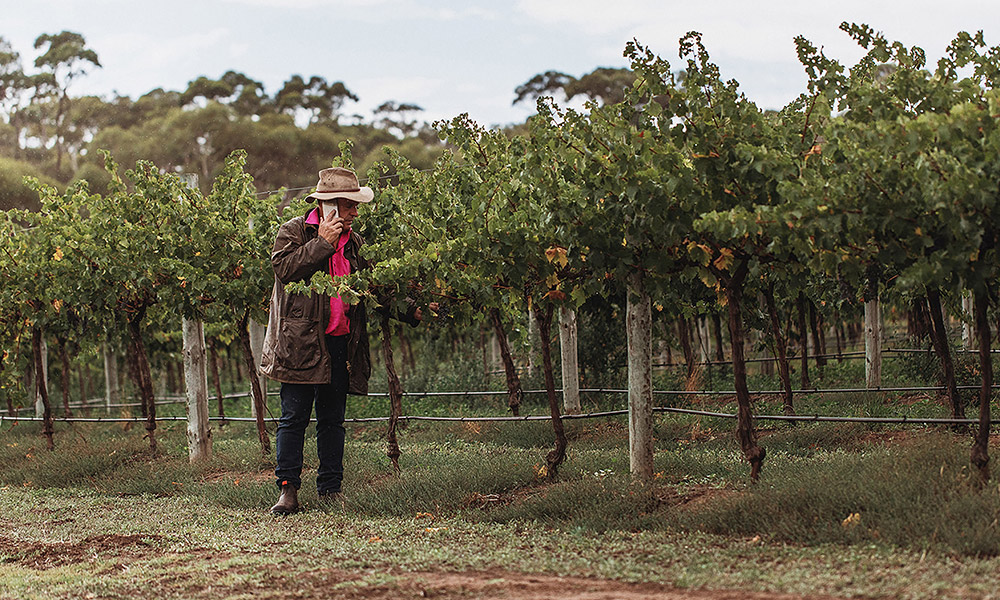- Meet the Maker
The Beaujolais Backstory
Read Time 4 Minutes
Posted 21 May 2024
By Vintage Cellars

If you love red, chances are you’re familiar with Beaujolais — a light-bodied red and the biggest wine producing and making region in Burgundy.
Though it doesn’t quite have the same name recognition as some of France’s other wine regions — Bordeaux, Champagne and the Loire Valley will likely ring more bells across the board — Beaujolais is the country’s primary producing region of Gamay, the grape predominantly used to make Beaujolais wines.
A red grape that’s a natural cross between pinot noir and gouais blanc, gamay grapes make up 97 per cent of the region’s crop. Wines made from gamay grapes are typically pretty acidic, but can range from fruit-forward to age-worthy, depending on how the wines are made. One bottle of Beaujolais wine we’re pouring on repeat is P Ferraud and Fils Beaujolais Villages, an elegant, finely structured red that makes a perfect accompaniment to poultry and cold meats. It’s a bottle that no doubt looks familiar – it’s been around a fair while.
“On wines like our Beaujolais Villages ‘Les Merrains’ we stayed on our very traditional, classic, known and recognised label,” the label’s Yves-Dominique Ferraud tells us. “It’s the one that my father and my grandfather may have used in the past even if over time, gilding or a frame may have been added so that this label lasts through the decades.” Indeed, as a family-run winery for over five generations, P Ferraud and Fils went from winemakers to wine merchants way back in 1890. “At the beginning, a local bistro bought the wine. Some Parisian restaurants then started buying the wine and then we started exporting the wine internationally,” explains Anaïs Morel of P Ferraud and Fils. “Beaujolais Villages is the ambassador of the Beaujolais region

Yves-Dominique adds: “The Beaujolais Villages’ ‘Les Merrains’ is produced under the strict regulations of Controlled or Protected Designation of Origin (“AOC” or “AOP”). It is a label which attests to a quality and/or an origin … and is established under the control of the ministries of agriculture and economy. It requires meeting strict specifications which range from prohibitions – for example, on watering the vines -to the limitation of yield and production per hectare… This with a single perspective: to preserve and respect a certain level of quality.”
Known for its fruity, drinkable quality, Beaujolais Villages is considered an apt expression of the land from which it comes. Vibrant red fruits sit up front, while a pebbly minerality courtesy of Beaujolais’ granite-rich soil underpins it. As for how best to drink it, Anaïs advises, “because Beaujolais is such a fruity wine, don’t forget to drink it a little chilled … it’s best consumed around 14°C.” Though Anaïs does have a word of warning: “they’re not ageing wines, so we recommend drinking Beaujolais Villages during the fourth or fifth years to keep the freshness of the wine. This is, in our opinion, the main difference between Beaujolais wines and Australian wines.”
- Meet the Maker
- View More Posts Meet the Maker





